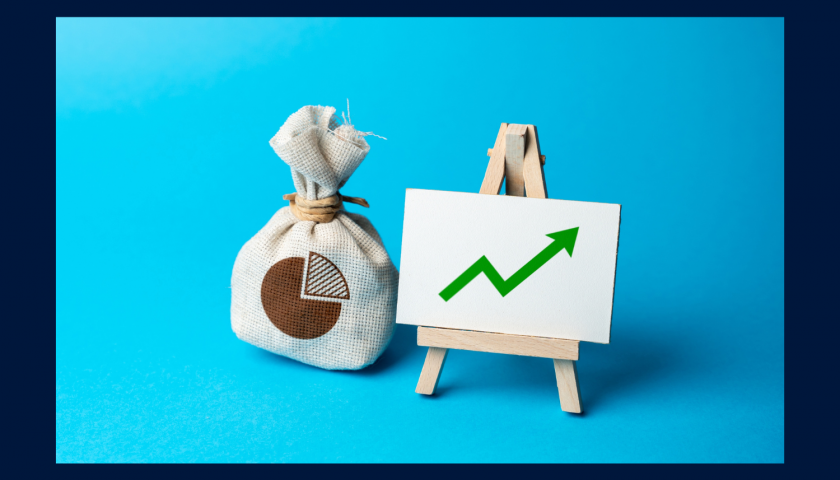For the last several months the industry has been abuzz about the uncertainty in the real estate markets. In this high-stakes game of musical chairs, NOW is the time to find a chair before the music stops, bringing to an end high real estate prices and available financing. This is the time for serious analysis of your personal objectives and options because the real estate and credit markets are likely to severely limit your options and outcomes.
By most measures, the self-storage rental business is reasonably steady, but not as good as it has been. According to Yardi street rates have remained negative through August, down 4.1% nationwide. Demand has remined weak due to slow home sales, rising interest rates and overall economic belt tightening, and data shows that Google searches for self storage are well below the peak of 2021.
However, the reality is that all self-storage owners are also in the real estate business – and in a big way! Unfortunately, the term that we would use today to describe the real estate aspects of self-storage would not be “stable” and most real estate professionals would probably not use the term “positively inclined” for the foreseeable future. I am sure that there is no one on the planet that is not aware of the rapidly rising interest rates, but I was somewhat surprised to find that self-storage owners are aware of the situation and the true effects on their value.
What is the Big Question?
The real question is: what do rising interest rates and credit availability, as well as increasing capitalization rates mean for self-storage owners and the value of their properties? In other words, how do changes in the macro economy and the credit markets impact the value of self-storage properties and the owners’ flexibility?
By way of background, capitalization rates (the way self-storage and other commercial real estate is valued) and interest rates are inexorably linked. If interest rates go up, cap rates will ultimately go up as well, and vice versa. However, due various market conditions, the link between the two is somewhat flexible as to timing and magnitude. Think about the relationship between the two rates as being tied together by a short, strong rubber band that allows the relationship to expand and contract somewhat, but the overall relationship remains very strong and closely related.
What is Happening to My Value?
The short, but honest, answer is that the value is probably going down if it is a stabilized property. That is the bad news, but the good news is that is likely still worth more than you paid for it if you bought it before 2019! Cap rates have moved up not only because increased interest rates but also because of more perceived risk.
An example may help to explain the mechanics of the numbers. Assume that we have a property that generates a Net Operating Income of $300,000, at recent cap rates for high quality properties the value would be about $5,217,000 (5.75% cap rate), if cap rates go up 1.25% as suggested by the market, the new value would be $4,285,000, or an 18% decline in total value. However, if the property were financed at 75% of the first value the equity in the property would decrease 71%.
What About Refinancing?
While interest rates, loan availability and loan amounts have become less certain in recent weeks, the availability of loans still seems to be prevalent, just not on compelling terms. If you are holding the property for the long term, it is a very good time to make sure that you have a fixed rate mortgage with a term of at least three years and preferably not less than five years. Having a remaining term on a good loan is insurance against difficult credit and high interest rate market periods. The results of having to refinance during times of credit stress can be very costly and even catastrophic in serious credit “crunches” such as occurred in the 1980’s.
To carry our musical chairs analogy a little farther, if your objectives are to hold your facility for the long run, one potential opportunity would be the refinance “chair.” It is essential that you make sure you have financing that has a significant remaining term and a fixed interest rate that your operations can support. If, on the other hand, you have any thoughts about selling in the next three to five years, or if significant competition is entering your market, you may want to find a “chair” that accommodates accelerating your selling decision to avoid continued rising cap rates and a lower price. Whichever chair you choose, make sure it is comfortable for you and your objectives because the music is about to stop for a while.





